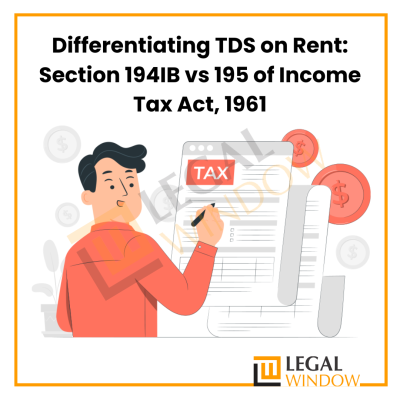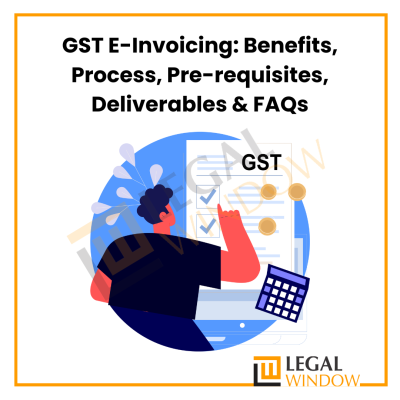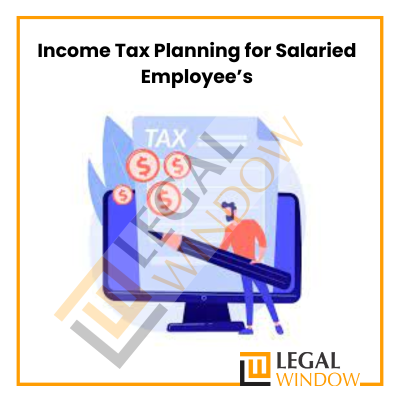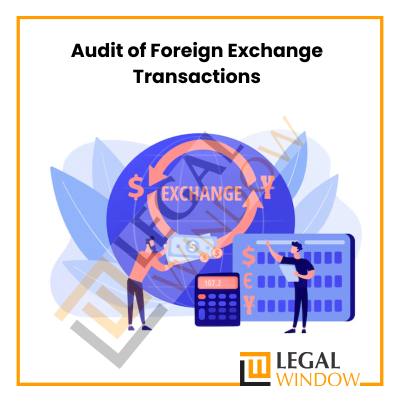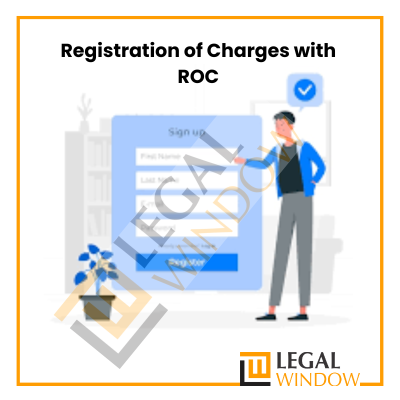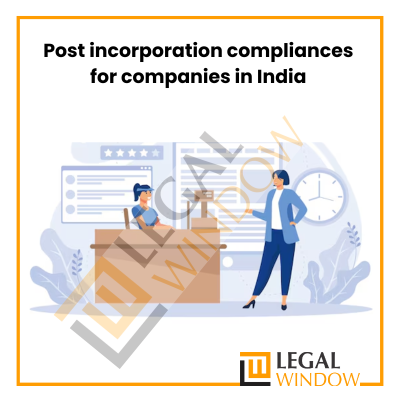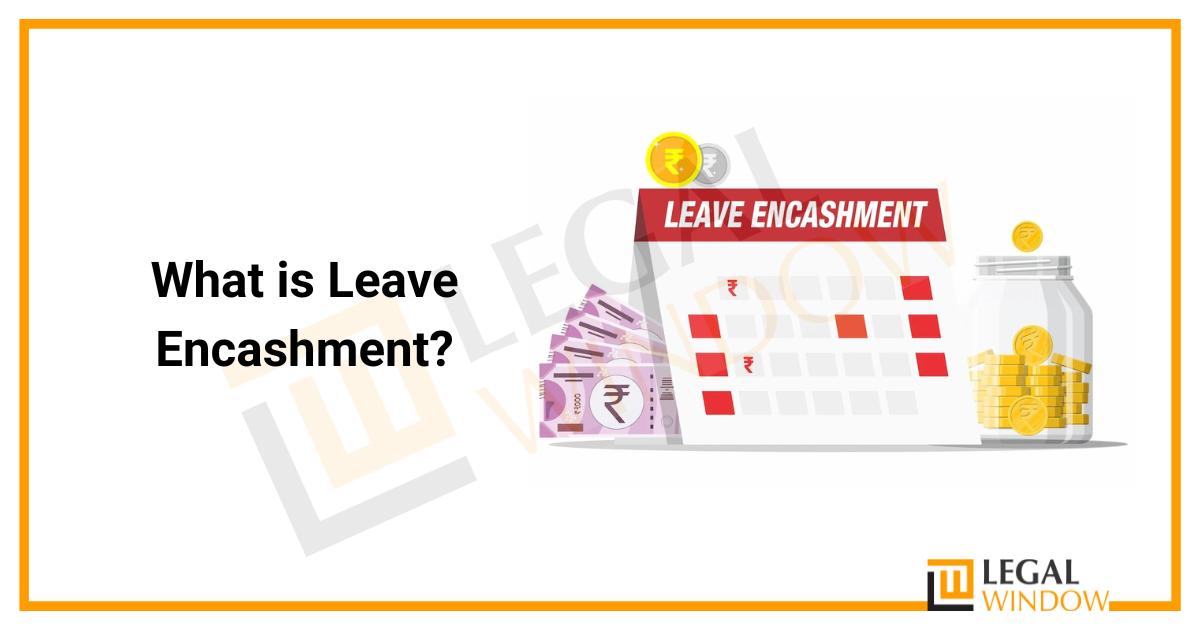 Do you know what “leave encashment” means?
Do you know what “leave encashment” means?
The salaried class frequently uses the idea of leave encashment. It seems like you may make money even from your leaves. The sum of money received in return for a leave time that an employee did not use is known as a leave encashment. Employees in the organized sector often have access to three types of leaves: sick, unpaid, and earned. Casual and sick leaves that are not used within a year often expire, while earned leaves are kept over. Employers only permit rolling over earned leave to future dates up to a specific amount, depending on their policy. In this article, we’ll see what is Leave Encashment.
| Table of Content |
Short Glimpse
Amounts gained in exchange for time off that an employee did not use are referred to as “leave encashment.” An employee has the option to cash in accrued leave during their retirement. It is completed either as part of maintaining service or after quitting a job. Every organization has a different leave encashment policy. Some employers cover the cost of unused absences during the next academic year. Some employers let employees roll over unused vacation days from one year to the next. Additionally, the employer provides for unused leaves at the time of departure. The amount allowed for leave encashment and the ITR Online Apply process depends on the kind of employment. This covers time spent in service, on leave, or during the retirement period, whether it is public or private.
What is Leave Encashment?
This policy states that it is the employer’s responsibility to either amend the employee’s vacation quota for the upcoming calendar year or pay the employee’s dues for services rendered in cash.
Encashment, to put it simply, refers to the ability of the company’s employees to take advantage of this leave balance upon retirement, termination of employment, or continued employment. The full and final settlement the Company executes upon the resignation or termination of an Employee should include the encashment of Leave.
The guidelines and the leave encashment policy vary from one firm to the next. Typically, some employers compensate for the time off taken, while others make adjustments the following year. However, the Factories Act, of 1948 mandates that unclaimed leaves and bonuses be paid by the 7th or 10th of the month following resignation.
The notion of Leave Encashment
According to labor laws, every salaried individual is entitled to a minimum amount of paid leave each year. An employee does not always have to use up all of his or her annual leave entitlements. In reality, the majority of firms provide their staff the choice to roll over any unused paid time off.
As a result, the individual would certainly have an unutilized leave balance when they retired or quit their job, as the case may be. This forces the business to reimburse the employees for any paid time off that goes unused. This idea is sometimes referred to as leave encashment.
Requisites of Leave Encashment
The following are the basic requisites of Leave Encashment:
- According to employment legislation, every salaried person is entitled to a minimum amount of paid leave each year.
- A worker does not have to use all of the paid time off that is available to him in a given year.
- Most employers provide their staff the choice to roll over any unused paid time off.
- This would often result in the employee having an overall balance of unused leave at the time of departure or retirement from the firm, as applicable.
- Additionally, this mandates the employer to pay back the employees’ unused paid time off.
Types of Leave Encashment
The following are the types of Leave Encashment:
- Unpaid Leave: Employees most frequently take this type of leave. The length varies from business to business, but a minimum of 7 to 10 days is often permitted. The organization has a specific policy accessible, and the employee is required to tell the employer about their casual leave, including the length of time and the date they plan to return. Your leave will be eligible for monetary encashment if this is approved.
- Privilege Leave: An employee may take a privileged leave if advance notice of the absence has been given to them and it has been approved. Although the rules for cashing in privileged leave vary from organization to organization, it becomes redeemable after a certain amount of time.
- Health Leave: If an employee’s health prevents them from working, they may request medical leave. For this, they must let the employer know about any upcoming leaves. These can be redeemed for leave after being sanctioned. Depending on the organization, a different amount of leaves is permitted. Long-term medical absences, however, are not eligible for the cash leave encashment window.
- Sabbaticals: Employers also grant their staff members time off to advance their education and get new skills. These are available through a variety of courses. These are paid leaves that are reimbursed by the organization and are taken into account for leave encashment.
- Holiday Leave: Holiday leave is also paid time off, and no money is deducted from an employee’s pay during this time. These can also be redeemed for leave.
- Maternal Leave: All pregnant female employees have access to maternity leave for the duration of their job. It might last anywhere from 12 to 26 weeks of pregnancy. Although it is possible to extend this, the additional time will not be compensated. Additionally, every organization has a different maternity leave policy. These aren’t taken into account for encashment.
Benefits of Leave Encashment
The following are the Leave Encashment:
- If money is collected for leave encashment while the employee is still working, it must be paid.
- If you leave a job owing to termination or resignation, the money collected based on leave encashment is receivable to you, regardless of whether you work in the public or private sector.
- According to income tax regulations, the value or sum received for leave encashment is treated as payroll income and is taxed equally at the specific tax slab rate that applies to the employee.
- The sum taken toward leave encashment at the time of retirement for government (state and central) representatives is exempt from tax.
- Consider the scenario where you receive Rs. 5 lacks as leave encashment after retirement. Your basic pay (basic + DA + commission) in the 10 months just before retirement was Rs 40,000 per month or a total of Rs 4 lakh. The best exemption you may get in this case is Rs 3 lakh (sanctioned limit). As a result, your income will be estimated and taxed at Rs 2 lakh (Rs 5 lakh – Rs 3 lakh).
- It is not necessary to pay for the return of leave encashment to a late employee’s legitimate heirs.
- Let’s say an employee has redeemed leave in one or more years and has taken advantage of any relevant exceptions. The amount of release requested in this case will be deducted from the 3 lakh rupee limit.
- Employees may be excluded from paying back the money they have accrued for cashing in their leave even if they resign or retire. The director of tax and administration indicated that the sum would be deducted from the amount of the exception that would be granted.
How is Leave Encashment taxed?
In the course of their employment, both private and public sector employees are entitled to a variety of leave options, including sick leave, casual leave, earned leave, and privileged leave. Some of these leaves can be carried over to the following year, but not all of them. If they did not use their leaves, employees may also opt to cash them out.
However, the company decides how many leaves are taken and cashed in, whereas the amount earned and whether the leave is cashed in during employment or at retirement are determined by the tax associations. Again, the taxes depend on whether a person works for the government or a non-governmental organization.
- Leave encashment while working: If an employee elects to cash in their vacation time while still working, the whole amount is due under the heading “Income from Salary.” However, an exemption is offered on a specific amount when registering for returns.
- Leave encashment during the retirement period: The staff is permitted to accept Section 10 exclusions throughout the retirement term (10AA). However, the amount of the exemption is different for government and non-government workers. At the time of retirement, leave encashment is tax-free for government employees, while it is only partially exempt for non-government employees.
- Acquired exact leave encashment
- The last 10 months average monthly salary
- The maximum sum permitted by the government is Rs. 3,000,000.
- For every year of service completed, the cash equivalent of made leaves (up to the maximum of 30 days) is given.
The remaining amount generated would be subject to income tax at the applicable rates. The information on the taxes of leave encashment is provided below.
- Salary paid as a defined percentage of the yearly turnover is recognized for taxation. This comprises base salary, dearness allowance, and labor.
- The pay received in the final 10 months before to retirement is subject to the standard salary of 10 months.
- The maximum of Rs. 3,00,000 will be reduced by the number of exemptions asked earlier if the worker has previously cashed leaves and received an exemption for it.
- The tax that would apply in the event of an employee’s resignation would be comparable to that for retirement.
- The leave encashment would be supported by the worker or employee’s lawful heir or candidate in the event of death. As a consequence, both government and non-government personnel would no longer be subject to taxes.
Takeaway
Up to a maximum of three lakh rupees, employees in the private sector or government-owned companies are excused from paying back accrued vacation days when they quit their employers. The total number of leaves that may be excused is likewise capped. Only 15 days of cumulative leave can be excused by an employee for each year of employment, up to a maximum absence of ten months. The sum is determined using the employee’s average monthly wage for the final 10 months before to retirement. The entire amount of money an employee receives in return for leaves is the leave encashment ceiling.
Connect to the Experts of Legal Window, if you face any issues regarding the Leave Encashment.
LegalWindow.in is a professional technology driven platform of multidisciplined experts like CA/CS/Lawyers spanning with an aim to provide concrete solution to individuals, start-ups and other business organisation by maximising their growth at an affordable cost. Our team offers expertise solutions in various fields that include Corporate Laws, Direct Taxations, GST Matters, IP Registrations and other Legal Affairs.
Categories
- Agreement Drafting (23)
- Annual Compliance (11)
- Change in Business (36)
- Company Law (148)
- Compliance (90)
- Digital Banking (3)
- Drug License (3)
- FEMA (17)
- Finance Company (42)
- Foreign Taxation (6)
- FSSAI License/Registration (14)
- GST (120)
- Hallmark Registration (1)
- Income Tax (202)
- Latest News (34)
- Miscellaneous (165)
- NBFC Registration (8)
- NGO (14)
- SEBI Registration (6)
- Section 8 Company (7)
- Start and manage a business (21)
- Startup/ Registration (130)
- Trademark Registration/IPR (40)
Recent Posts
About us
LegalWindow.in is a professional technology driven platform of multidisciplined experts like CA/CS/Lawyers spanning with an aim to provide concrete solution to individuals, start-ups and other business organisation by maximising their growth at an affordable cost.


